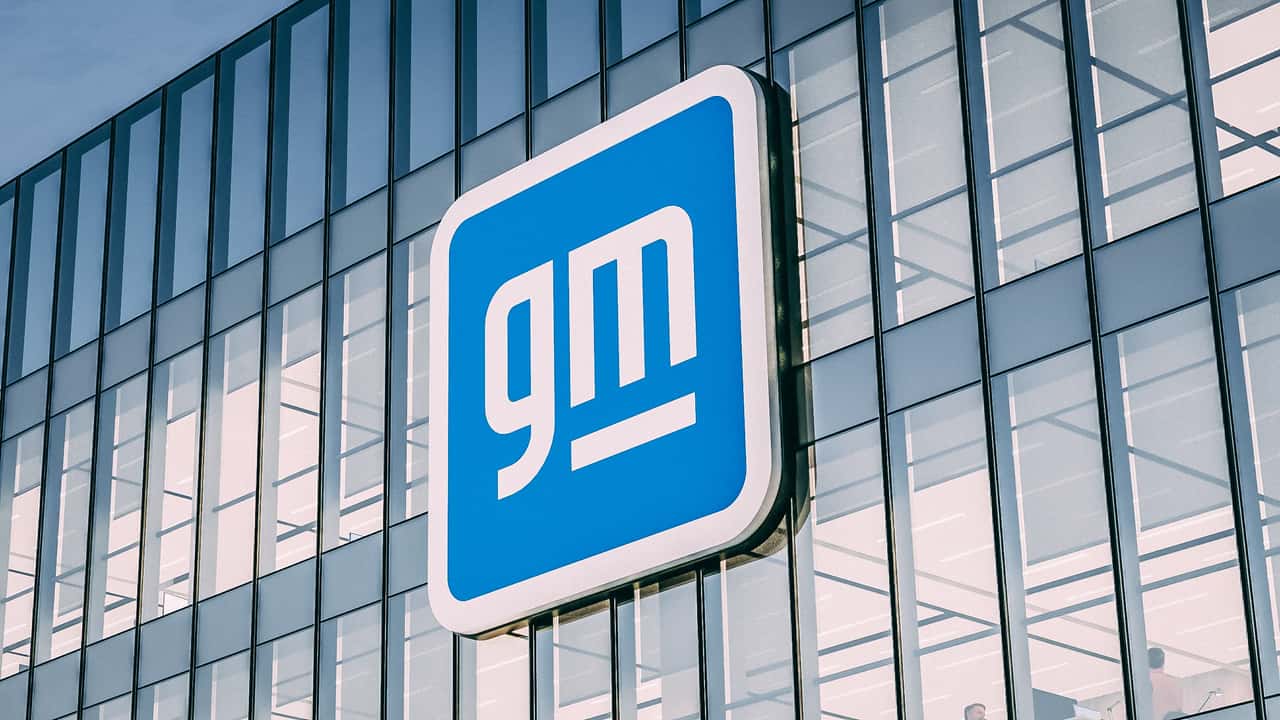Top Stories
GM Software Overhaul: VP Dave Richardson Exits as Changes Hit

UPDATE: General Motors (GM) is undergoing a major transformation in its software leadership just as the company prepares to launch a pivotal new zonal architecture. Dave Richardson, the former Apple executive and GM’s vice president of software and services engineering, has stepped down from his role, raising eyebrows about the future direction of GM’s software initiatives.
This unexpected move comes on the heels of GM’s announcement last month to revolutionize its vehicle production by integrating software at its core. Sterling Anderson, currently GM’s chief technology officer, is set to take on increased responsibilities in overseeing the new software team, a decision that hints at the urgency of this transition.
GM’s ambitious software revolution is slated to kick off in 2028, when the automaker plans to introduce a next-generation centralized computer system. This innovative system aims to reduce costs and complexity while enabling GM to deliver advanced features such as enhanced autonomy and continuous over-the-air updates. These advancements are critical as GM strives to keep pace with rapidly evolving automotive technology and consumer expectations.
At the recent GM Forward event, Richardson emphasized the transformative potential of the new architecture, stating it will create “a self-driving system that reacts in milliseconds” and offer a vehicle network with 1,000 times more bandwidth for faster connectivity. This will pave the way for richer entertainment options and future AI functionalities.
However, the software overhaul comes with significant changes for consumers. As part of this transition, GM will eliminate support for Apple CarPlay and Android Auto in upcoming models, marking a notable shift in how drivers will interact with their vehicles. The removal of phone mirroring features signals a new era where software takes precedence, reflecting the industry’s shift towards subscription services and paywalled features.
These changes illustrate how automakers are increasingly recognizing the revenue potential of digital experiences. As GM continues to develop its software capabilities, the company aims to control more aspects of the consumer experience, moving away from traditional ownership models.
Looking ahead, the automotive industry will be watching closely as GM implements these changes and sets the stage for its software-centric future. The shift in leadership and strategic focus underscores the urgency and importance of software in the automotive landscape.
For consumers and industry stakeholders alike, GM’s evolving software strategy represents both a challenge and an opportunity in the rapidly changing automotive market. Stay tuned for more updates on this critical transformation as the situation develops.
-

 Science3 weeks ago
Science3 weeks agoInterstellar Object 3I/ATLAS Emits Unique Metal Alloy, Says Scientist
-

 Politics3 weeks ago
Politics3 weeks agoAfghan Refugee Detained by ICE After Asylum Hearing in New York
-

 Business3 weeks ago
Business3 weeks agoIconic Sand Dollar Social Club Listed for $3 Million in Folly Beach
-

 Health3 weeks ago
Health3 weeks agoPeptilogics Secures $78 Million to Combat Prosthetic Joint Infections
-

 Science3 weeks ago
Science3 weeks agoResearchers Achieve Fastest Genome Sequencing in Under Four Hours
-

 Lifestyle3 weeks ago
Lifestyle3 weeks agoJump for Good: San Clemente Pier Fundraiser Allows Legal Leaps
-

 Science3 weeks ago
Science3 weeks agoMars Observed: Detailed Imaging Reveals Dust Avalanche Dynamics
-

 Health3 weeks ago
Health3 weeks agoResearcher Uncovers Zika Virus Pathway to Placenta Using Nanotubes
-

 World3 weeks ago
World3 weeks agoUS Passport Ranks Drop Out of Top 10 for First Time Ever
-

 Entertainment3 weeks ago
Entertainment3 weeks agoJennifer Lopez Addresses A-Rod Split in Candid Interview
-

 Business3 weeks ago
Business3 weeks agoSan Jose High-Rise Faces Foreclosure Over $182.5 Million Loan
-

 Top Stories3 weeks ago
Top Stories3 weeks agoChicago Symphony Orchestra Dazzles with Berlioz Under Mäkelä








